Andy - Thanks! Don't know if I ever had it put that way, but thanks!

Now, the promised mud pics.... Before we begin I need to explain that I rushed doing these and the end result kind of suffered.
For mud build up, step 1 would be to get a soft bristled brush, load it with pigment powder, and gently tap it over the area you want covered. I vary the height of the brush over the work dependent on if I'm going for heavy saturation or coverage.

Next, I take a small 5/0 soft bristle brush and dip it in the fixer. This is just touched to the edges of the pigments, letting the osmosis action draw the fixer in. As much as possible, I try to keep from touching the actual pigment. It's best if you try to have the area you're working on near level to avoid runs in the pigment. Apologies for the blurred pic.
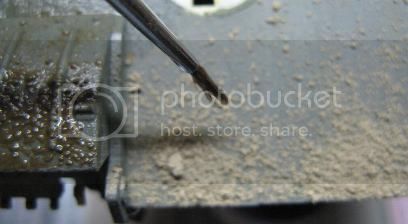
Here's a pic of the completion of this stage

The 3rd step is to let it dry. In this case, I used a hair dryer to speed things up a bit (be careful not to blow things around or melt the plastic if you do this).
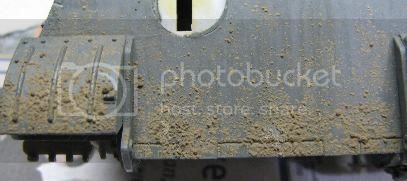
From here, it's just a matter of deciding if you need to add more pigments (to build up areas or add a different color), or remove any areas that are too heavy.
--------------------------------------------------
The tracks... as with the mud, I messed up trying to hurry through this. I'll explain on the way.
First is a coat of LifeColors UA905 (or whatever your preferred track base is). I like working off a black primer coat. In this case, the track links came molded in black, so I skipped the primer
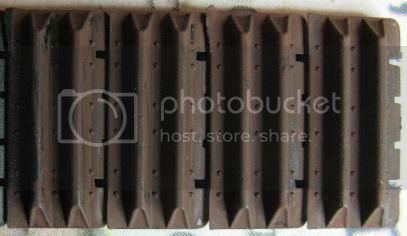
Step 2 is to add the worn silver highlights. I use a mix of silver and engine gray and use a semi dry brush technique. The gray tones the silver down, but still allows a nice shine. This is the step I messed up on. In my rush, I actually applied the mix a bit too heavily. I prefer to do this lighter, adding any additional highlights after the pigments are added.
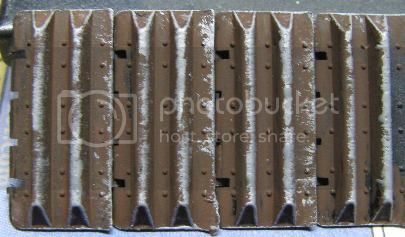
Next, the pigments are applied to the tracks using a soft bristle brush (same as the above mud)

The last stage is again done the same as the mud, applying fixer without touching the powder. Again, a hairdryer was used to the following result. And again, I messed up trying to add too much at one time.


It's actually a pretty simple process. Practice and patience are the keys (as shown here, it's easy to get away from the desired effect by rushing it). Hope this helps.


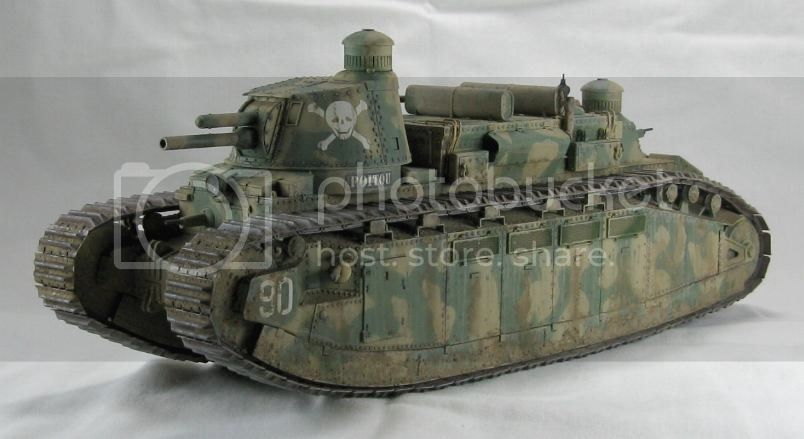



















 Al
Al







 Al
Al

















 )
)





























